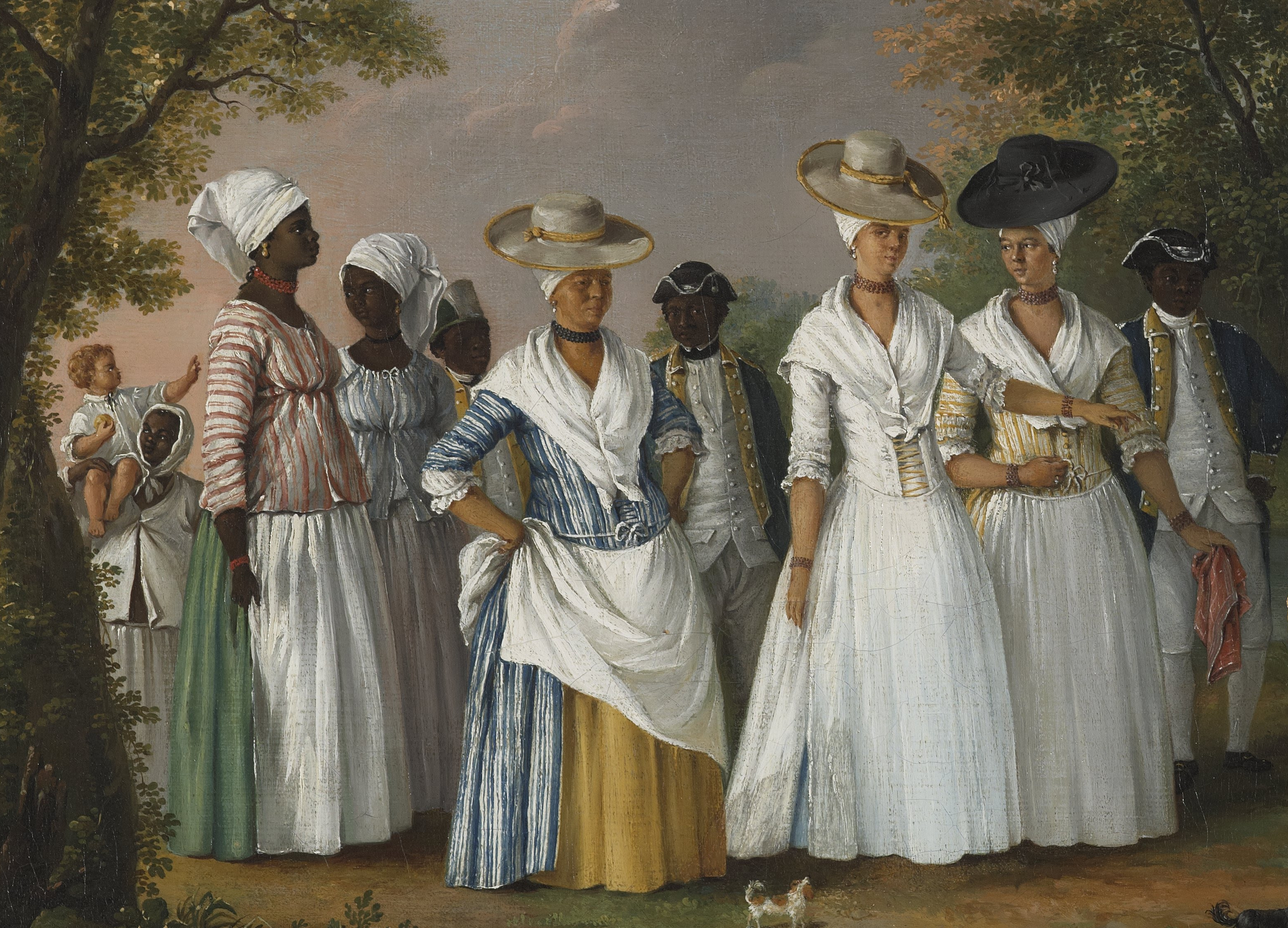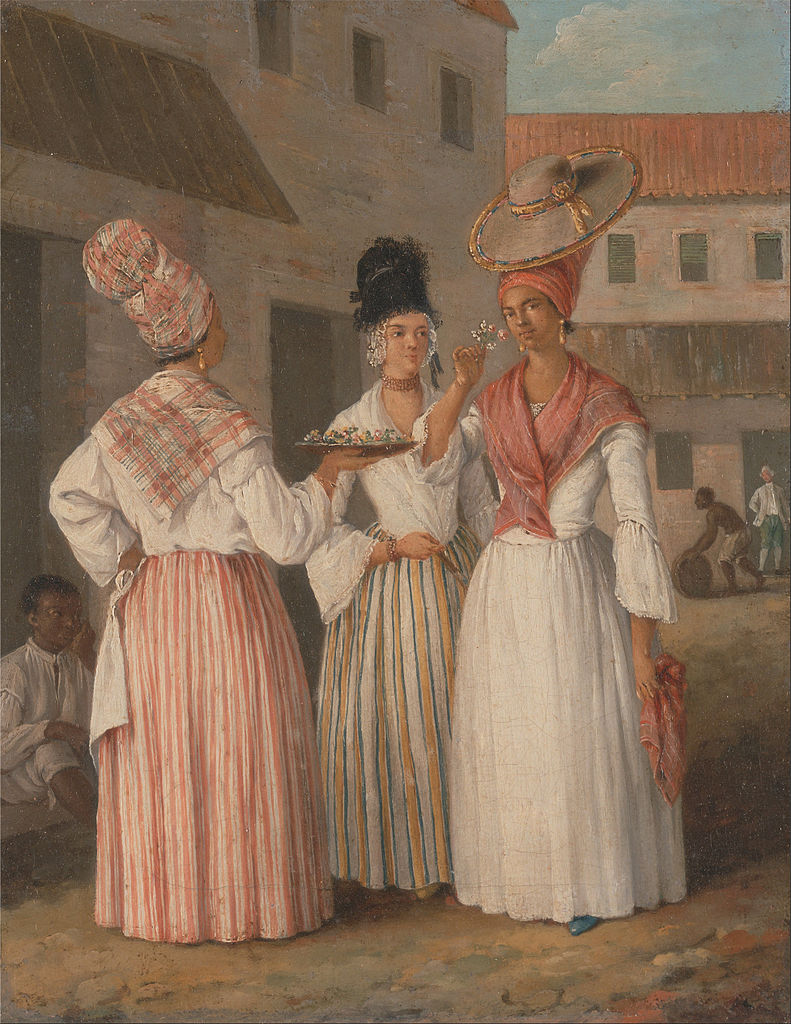Tignon Laws Forced Black Women To Cover Their Hair
Title : Tignon Laws Forced Black Women To Cover Their Hair
Link : Tignon Laws Forced Black Women To Cover Their Hair

A Caribbean woman wearing a tignon. (Getty Images)
Black women often face discrimination and hardship on account of their "distracting" hair, and it turns out it's been happening since their earliest days in the U.S. While today, black hair is considered as fashionable as it is "unprofessional," there was a time when lawmakers forced black women to literally keep their hair under wraps.

Down In New Orleans
New Orleans in the 1700s was a wildly diverse place, with settlers from France and Spain mingling with the Creole population as well as people of African and Caribbean descent. Every group brought the fashion of their culture with them, from the elaborate baroque dresses of France to the intricate braids, beads, and gems with which black women from all regions adorned their hair. This diversity didn't necessarily lead to equality, however. Just because many black Louisianans had earned enough money to buy their freedom didn't mean the balance of power didn't shift disproportionately toward white settlers, and white women—whose hair was usually ill-suited to such fanciful displays—weren't happy about being outshined by their black neighbors in that department.

An Appeal To The Governor
Eventually, the white women of Louisiana were so fed up with their beautiful black neighbors that they petitioned the governor to legally enforce their plainness, insisting that these evil "exotic" women were intentionally scheming to tempt white women's husbands away from them with their advanced cosmetology skills. That may not seem like a legal problem, but Governor Esteban Rodriguez Miro, committed to taking (some of) his people's demands seriously, agreed to take action. The resulting legislature became known as the Tignon Laws.

The Tignon Laws
In 1786, Governor Esteban Rodriguez Miro enacted a law requiring black women in New Orleans to wear a tignon, a type of headdress or scarf, that completely concealed their hair. The law's purpose was twofold: It supposedly prevented black women from enticing white men with their hair, but it also served as a social indicator. Light-skinned black women who dressed extravagantly were often mistaken for white European women, and they couldn't have that.

A Tignon Fashion Statement
Long accustomed to making the best of a bad situation, the African, Caribbean, and Creole women of Louisiana turned the oppressive Tignon Laws into an opportunity to further display their cultural pride. They crafted their tignons out of colorful, luxurious fabrics and added jewels, ribbons, and flowers to turn the headdresses into bold statement pieces.

The Decline And Rebirth Of Tignons
By the early 1800s, the Louisiana Tignon Laws were no longer enforced, and black women were more than ready to cast off their oppressive accessories. A century and a half later, however, tignons have experienced a rebirth. The tignons of today—available in a variety of styles, fabrics, and patterns—can be the crowning jewel of an elegant outfit.
Tignon Laws Forced Black Women To Cover Their Hair
Enough news articles Tignon Laws Forced Black Women To Cover Their Hair this time, hopefully can benefit for you all. Well, see you in other article postings.
Tignon Laws Forced Black Women To Cover Their Hair
You are now reading the article Tignon Laws Forced Black Women To Cover Their Hair with the link address https://randomfindtruth.blogspot.com/2020/07/tignon-laws-forced-black-women-to-cover.html